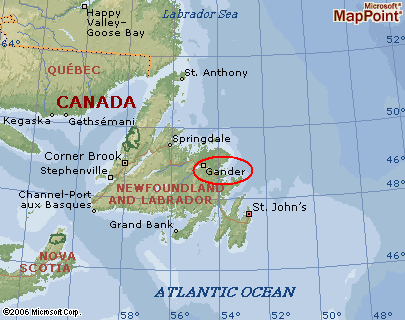
As a relatively new and emerging technology, 4D printing offers fascinating options for a variety of industries. 4D printed products can shift in preprogrammed ways in response to certain stimuli through the use of memory materials and smart materials. Smart materials can be programmed to transform in response to the environment. They can initiate preventative measures in response to a light source or even excess vibrations that reshape the final product after manufacture. 4D printed parts can self-heal thus minimizing the need for replacement which contributes to sustainability.
Prints are popularly made with thermoplastics or they can even be done in metal although this option is particularly hazardous. With Rapid Liquid Printing, printing is done in a vat of gel where the models can replicate themselves as in the thrilling movie, ‘Terminator’. These can be used to create customized souvenirs, innovative trophies and even a monument of a human being which can be placed in a museum or create interactive games and virtual reality games in entertainment that will leave players enthralled.
In the hospitality industry, professionals can make fascinating 4D products using ingredients such as coffee, chocolate and icing sugar. You can serve wedding cakes with sugar paste flowers that bloom and open before guests’ eyes. Perhaps consider a wedding dress that transforms into a bikini as the bride, in keeping with adrenalin tourism enthusiasts, bungee jumps off a cliff into the sea. The adrenalin tourists in search of the concept of ‘rush’ will certainly get it from this adventure. The wedding favours and other gifts can also be 4D printed to so that they change shape and add entertainment for guests.
4D printing could make tourism more accessible for the visually impaired through for example, printing a 4D map to demonstrate what is happening on an arctic cruise. It can also give warnings about the potential impact of an impending hurricane or volcanic eruption by illustrating its likely effects in a manner that can be understood by the visually impaired. For the specific nature tourist this can be both alarming and intriguing.
In entertainment, 4D printing can be used to make stage props for plays. In architecture it can be used in making models of buildings, designing new walls and roofing in the creation of various spaces for man-made attractions. Concrete printing and other materials can be used in restoring cultural and heritage sites which are used as tourist attractions. Sports tourists could enjoy bicycles made with self-adapting materials which would adjust the seat, handles or tires according to the terrain or personal comfort needs of different riders.
In healthcare, 4D printed prosthetics can be produced within as little as two weeks. The perceived advantage of 4D printed prosthetics such as a hand or a leg is that they can adapt to changes in the physical structure of a fast growing child. 4D printing is also useful for creating pacemakers, stents to aid respiratory issues which can be reabsorbed into a child’s body as he or she grows. In dental work 4D printing can be used to create custom fit retainers for teeth. A model of the teeth can be made from the digital X-ray. Training tools can also be made so that surgeons can learn to make incisions. They can create 3D prints from a digital MRI so that doctors can see the specific area of the body before cutting. The provision of these services can add another dimension of interest for the health or medical tourist which would be an advantage for the destination offering this innovation.
A significant advantage of 4D printing technology is that it offers increased design freedom together with shorter processing times for clients and users. It also offers a benefit to the supply chain by making it easier to transport compressed materials that can be reshaped later. As with any new technology, in order for it to be effective and to optimize advantage, it is important to look for processes that require improvement, to listen to the customer and accurately translate their design needs and respond quickly.
Despite the excitement offered by the advancement of 4D printing opportunities there are still remaining some challenges. 4D products may stop self-healing after a set number of times. Some of the software used in the design is described as ‘terrible’ and printed items require much polishing. 4D printing works more effectively for unique designs, there are high initial costs associated with it and your designs are susceptible to theft thus it is important to have them patented quickly. Training of the workforce in printer operation and maintenance and 4D digital design would be needed to support the expansion of this emerging technology (Trends Magazine). Few companies are developing techniques to support 4D printing thus it is unlikely that it will be widely available any time soon.



